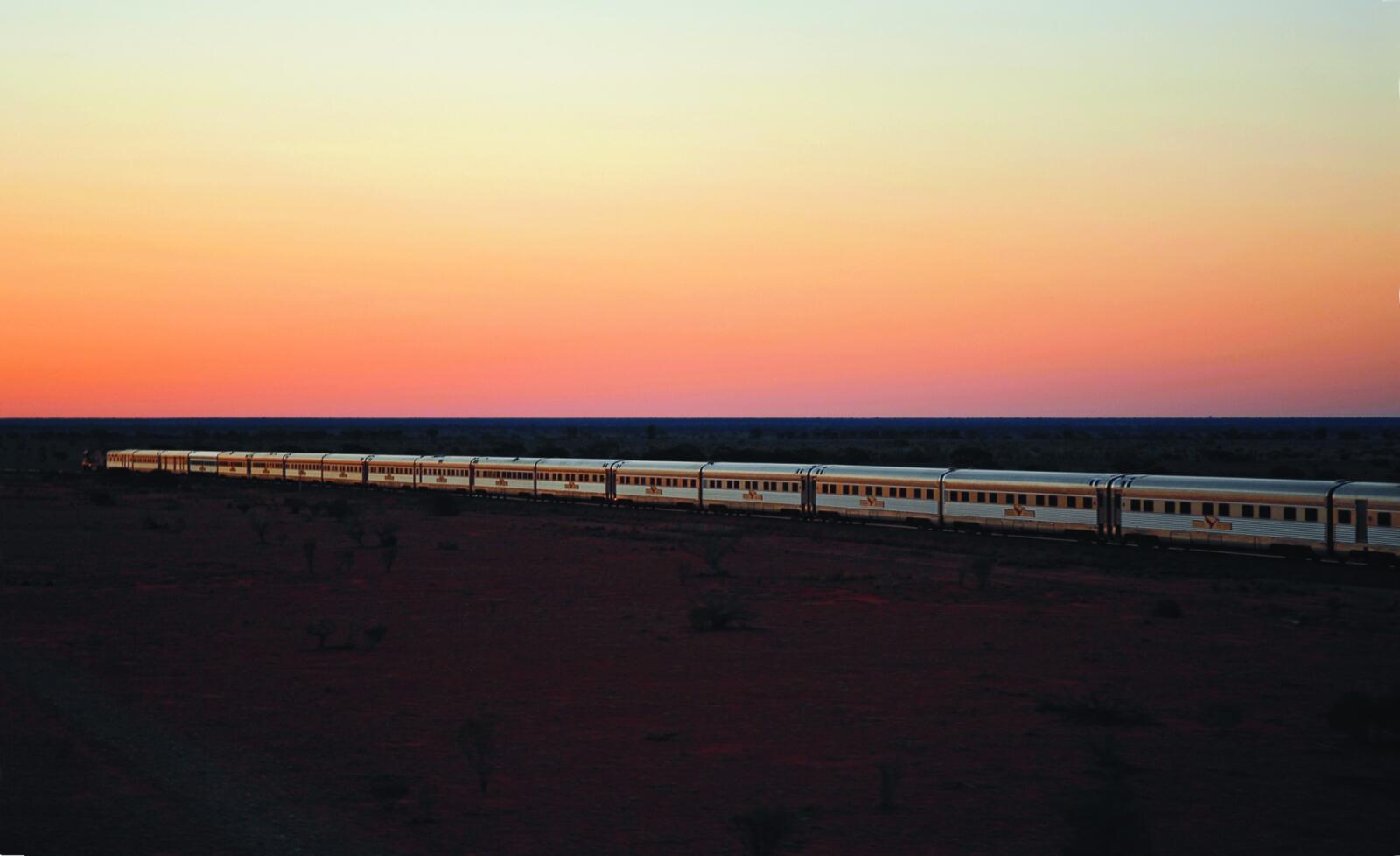Australia's First Trains & Railways

Australia's first trains were built while the country was little more than spread out settled colonies and up until the mid-1800s, the main modes of transport were coastal shipping services and horse-drawn carts. The first steam railway was built in 1854 and operated between Melbourne and Port Melbourne. From there, various colonies rapidly developed further railway systems.
By the time Federation occurred in 1901, all Australian states (exclusive Western Australia) were linked by more than 20,000km of railway tracks. However, as the rail networks continued to develop, plans had not been made for a national network and therefore, a number of different gauges were used. As such, if a passenger wanted to travel on an east-west crossing from Perth to Brisbane, they would need to change trains 6 times.
World War II brought home to full extent of the state's incompatible rail systems as moving large quantities of personnel and goods quickly throughout the country became very difficult. So began the effort to unify Australia's rail system. By June of 1995, a standard gauge track had been established meaning passengers could easily travel from Brisbane to Perth including via Sydney, Melbourne and Adelaide.
By 1970, rail travel had improved so much that passengers could not only travel on a standard gauge track but could also remain on the same train when travelling from Perth to Sydney. Although there are still 3 different gauges used across Australia, all state capitals are linked by one uniform gauge. Steam locomotives were used up until the 1950s when diesel-electric locomotives where phased in. By the 1970s, steam locomotives has been completely phased out.
